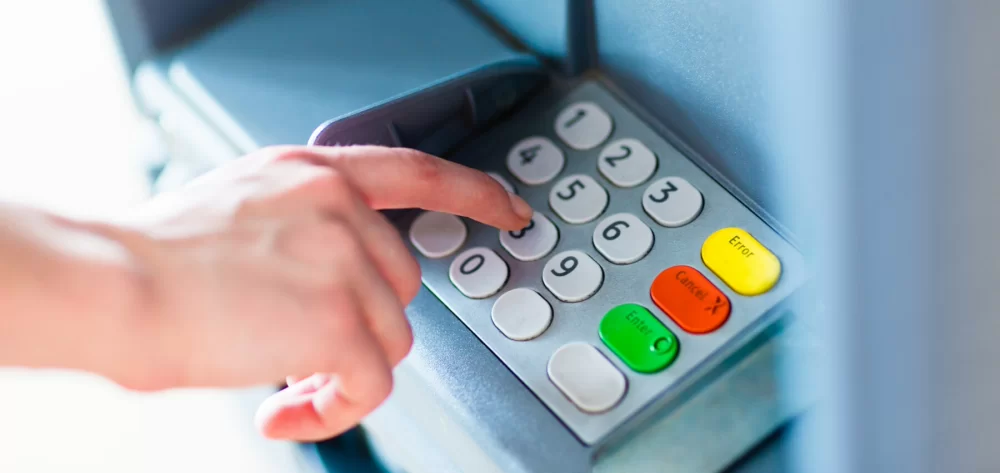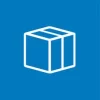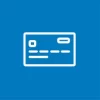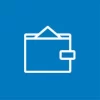You open your mobile banking app and have to blink a few times because your account has much less money than it should have or even none at all. When this happens, there is a chance that you have become a victim of card skimming.
What is skimming?
In a card skimming attack, criminals insert a device into ATMs or payment terminals which lets them copy the card information via the magnetic stripe. To steal the card’s PIN code, the fraudsters either install a device in the machine’s keypad or use a video camera to film you entering the PIN code.
The thieves load the stolen information onto a payment card. They then use the clone of your card to withdraw money at ATMs or to make purchases – normally outside of Europe.
In many cases, cardholders only notice the losses when they eventually look at their account statement or when their card is rejected because the account is empty.
Online card skimming
In digital card skimming, criminals attempt to intercept your card information as it passes from you to the online store and the store’s payments processor. For most consumers, digital skimming is very difficult to notice. A good starting point is to take security steps to prevent phishing.
Digital skimming is also called web skimming, online card skimming, e-skimming, formjacking, and magecart.
Are customers of Swiss banks at risk of card skimming?
Yes. Skimming can affect customers of Swiss banks as well.
It is not possible for criminals to withdraw money from Swiss ATMs using skimmed card information and PIN codes. The reason is that cash withdrawals cannot be made at Swiss ATMs unless the card is equipped with an EMV chip. At this point in time, there are no known cases of criminals copying card data from EMV chips. ATMs in many other European countries also require EMV chips for cash withdrawals.
But that does not mean that Swiss card users are safe from skimming. Criminals can use the Internet to instantly send the stolen data to partners in other regions, who can then create a clone with which they make cash withdrawals or purchases. In regions like Africa, Asia, and the Americas, there are numerous payment terminals that are not compatible with EMV chips. For that reason, card transactions in many countries are frequently made using the magnetic stripe.
What is being done to combat skimming?
Banks, card issuers, and payment networks implement various measures to try to make skimming more difficult. All cards issued by Swiss banks and card issuers are equipped with EMV technology. EMV chips are not currently vulnerable to skimming.
Geoblocking is another measure taken by Swiss banks and credit card issuers. The bank or card issuer deliberately blocks the card from being used in certain countries or regions. Some banks and card issuers let you control which countries the card can be used in via the settings in the mobile app.
Swiss banks and credit card issuers also have monitoring services that alert you when suspicious activity occurs.
How can I protect myself from card skimming?
Following these tips can help lower the risk of card skimming:
- Be alert: It is important to be alert when you make payments at terminals or withdraw money at ATMs. Check for suspicious devices or keypads when using payment terminals or ATMs.
- Check for irregularities: Is the payment terminal’s sealing damaged? Are there any traces of glue on the ATM? Has any kind of extension been installed on top of the keypad? All of these irregularities can hint at skimming.
- Hide your PIN code: Always try to block the view to the keypad when entering your PIN.
- Avoid distractions: Do not let other people distract you while you are paying or withdrawing money.
- Do not accept help: Kindly refuse offers of help from strangers, such as offers to help you recover your card if it is withheld by an ATM.
- Indoor ATMs are safer: Whenever possible, use ATMs that are inside of a bank. You are never required to enter your PIN to open the room that houses the ATMs.
- Use multiple cards: If a bank requires you to introduce your card when opening the door to the ATM area, do not use the same card to open the door as you will use for the cash withdrawal.
- Activate geoblocking: Let your bank activate geoblocking for your card. Some banks let you choose your geoblocking settings yourself via their web portal or mobile app. If you do not have that option, you can have the customer service change the settings for you. Before you travel, make sure to reactivate your card for the countries you will be traveling to so that you can make payments and get money while there.
- Disable the magnetic stripes and ATMs: Some financial service providers let you disable your card’s magnetic stripe and/or transactions at ATMs. For travel within Europe, the magnetic stripe is normally not necessary. When you need the magnetic stripe or an ATM, you can simply enable these features in the mobile app, and then disable them again afterward.
- Keep the emergency customer care number: Save your bank’s or credit card issuer’s emergency customer care number on your phone, so that you can quickly contact the emergency service if you suspect that your card has been skimmed.
What should I do if I suspect that my card information has been stolen?
Call the emergency hotline and inform your bank or card issuer about your suspicions immediately. The emergency hotline is normally active around the clock. The bank or card issuer will immediately freeze your account so that criminals cannot make fraudulent transactions.
Report the suspected card skimming to the police as well. You can do this by calling the emergency number 117 (or 112 if you are calling from with Swiss SIM from outside of Switzerland).
What can I do if I become a victim of card skimming?
Contact your bank or card issuer immediately.
As long as you exercised due diligence when using your card, the bank or card issuer will normally cover the loss, and will reimburse the money to your account.
File a report with the police. Criminal charges linked to skimming usually include:
- Theft
- Unauthorized access to information
- Fraudulent use of data processing equipment
- Counterfeit
These crimes are only prosecuted if you press charges, so you must file a petition to initiate criminal proceedings with the police in order to pursue the incident.
More on this topic:
How to protect yourself against online fraud






